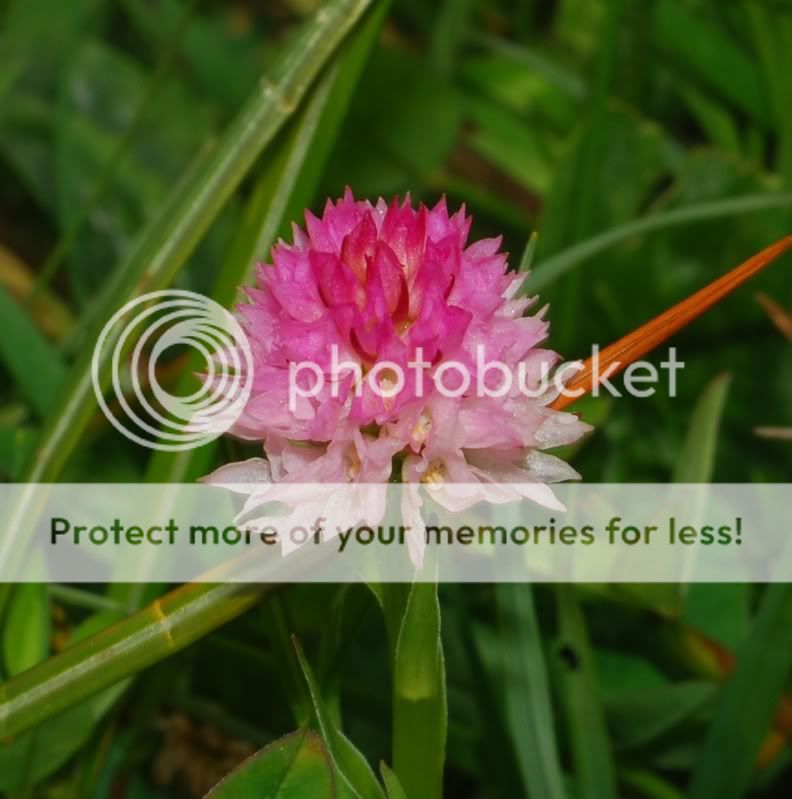O
ORG
Guest
Yesterday I found in the mountains after a longer walk
Nigritella widderi
The plant is only 10 - 20 cm high, but really attractive.



Here together with Nigritella rhellicanii, the black Nigritella.



It is impossible to cultivate these plants in the garden or greenhouse
Best greetings
Olaf
Nigritella widderi
The plant is only 10 - 20 cm high, but really attractive.



Here together with Nigritella rhellicanii, the black Nigritella.



It is impossible to cultivate these plants in the garden or greenhouse
Best greetings
Olaf













































